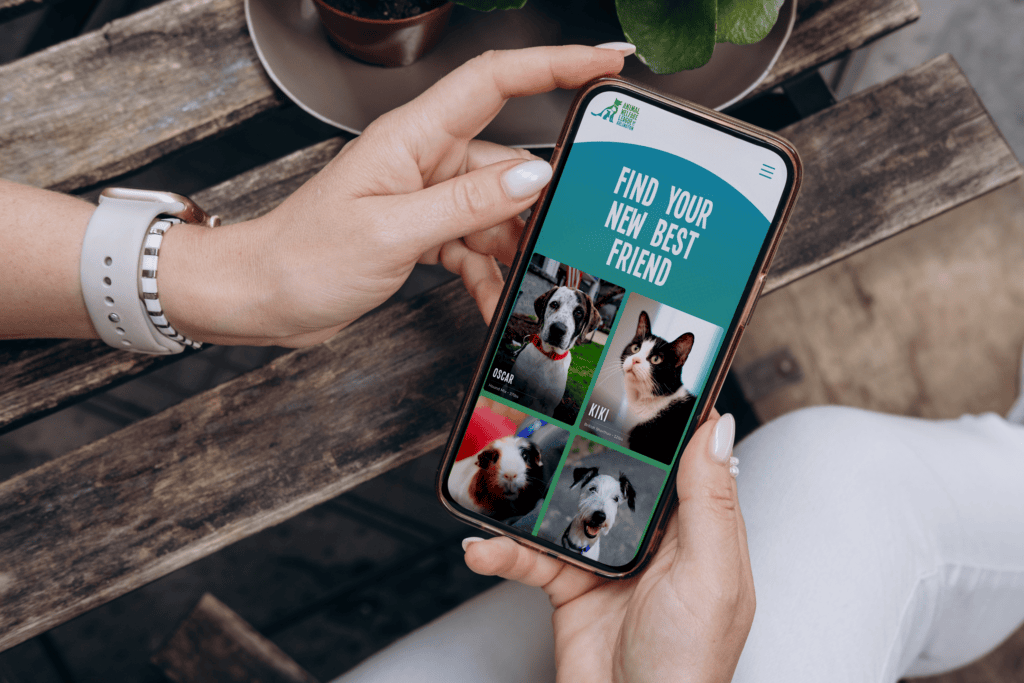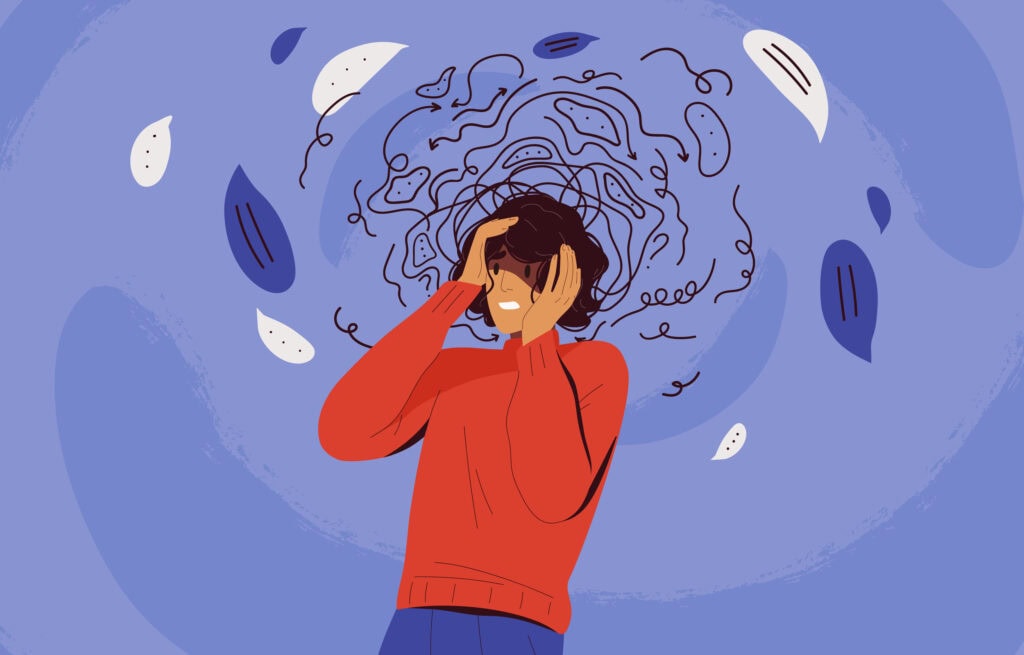A few weeks ago, we talked about the difference between website design vs website development. This time, we’re going a step farther to discuss website design vs usability.
Usability Is a Part of Design
Website design (as opposed to development or coding) affects how a user interacts with a website: what emotions the site conveys, what the user can do on the site, and the paths or he or she can take through it.
Within website design are two categories: the site’s aesthetics—its look and feel, its colors, images, and mood—and its structure, which includes its navigation and features. The “structure” part is where usability, or user experience (UX) comes into play.
What Is Usability?
Usability ensures that a visitor can use your site easily. Does the text contrast enough with the background that she can read it? Is there enough space next to the “download” icon that his finger doesn’t launch the newsletter signup form instead? After she places items in the shopping cart, can she check out easily, or will she abandon the purchase because the process is clumsy?
The user experience is an important part of the site’s design. But it’s the bookish half. The aesthetics, which are more commonly referred to as the design, are zip and zing and flash. The usability is where the work gets done. If you’re a fan of Modern Family, think Haley and Alex Dunphy. In the excitement of making a website a beauty, the brains of usability can get overlooked.
Why Is Usability So Important?
Aesthetics create an important first impression and can make people trust and enjoy your website. Yet usability plays a very large role in your site’s ultimate success.
On a site with good usability, visitors are more likely to
- Complete tasks (such as buying your products).
- Finish tasks more quickly (such as contacting you).
- Go directly to the parts of the website they’re seeking (like when they’re ready to buy), with fewer errors.
- Use “help” less.
- Be more satisfied with your website and your organization.
When you work usability into your design process, you’ll reap some pretty good benefits, such as these.
More money coming in:
- Increased productivity of users.
- More sales and higher revenues.
- Faster acquisition of customers.
- More customer loyalty.
- Higher credibility and trust.
- Happy customers who keep coming back—and spread the word.
Less money going out:
- A focused website design process, which can reduce costs.
- Lower website costs over time, with fewer customer support requests.
- Less need for re-development to fix website mistakes.
Of course, all this adds up to those three lovely little words: Return on investment.
Still Not Sure?
Look at the path people take from your home page or landing pages to the pages you deem most important. Is there a common place where they stop? If you have an ecommerce site, look at your analytics to see how many people start your purchase process and how many finish. Are people consistently dropping off at the same steps? Calculate how much you spend on customer support, and consider which of those costs a seamless website could eliminate or reduce.
What’s Involved?
With a usability focus, you’ll do what’s called user-centered design (UCD), where you’ll consider your users’ needs throughout the planning, design, and development process.
You might choose tactics such as developing personas, profiles of your target customers that help you anticipate their needs and that guide the design process. You might do research such as focus groups where you learn your customers’ needs, card sorting where you ask users to group your site’s resources into meaningful categories, or user testing where you watch people interact with your site’s design to learn firsthand how easy (or not) it is to use.
In user testing, you ask each participant to complete a task on the site—such as download your newest report—and watch what they do. It can be as simple as showing someone a paper prototype or mockup of your design and asking them where they’d click first. You can do these exercises remotely, through online services, or you can invite people in and test in a formal lab.
As you see what parts work and what parts don’t, you’ll refine your design and test again until your process is smooth as silk.
Even informal, inexpensive testing can provide a wealth of useful information. Invest some extra time in your schedule for usability. Build it in from the start, as redoing a site that was built with errors is expensive and ineffective. And get ready for a website that has beauty, brains, and very happy customers.
To learn how usability can help your site reach its goals, contact us.
Latest Posts
Mobile Experience Tips for Animal Welfare Organizations
For animal welfare organizations, connecting animals with their forever homes is at the heart…
Keep ReadingDigital Resilience in Uncertain Times: Building Crisis-Ready Websites
If we’ve learned anything from the past few years, it’s that disruptions can happen…
Keep ReadingBeyond Compliance: Why Accessible Websites Still Fail Users
When it comes to accessibility, focusing solely on compliance means you’re probably missing out…
Keep Reading


